
1. General Information
| Examinee |
|---|
| Name: |
Jane Doe |
| Address: |
N/A |
| City, State, ZIP: |
N/A |
| Social Security Number: |
N/A |
| Employer: |
Johnson |
| Occupation: |
Staffing Coordinator / Central Supply |
| Current Evaluation |
|---|
| Date of Evaluation: |
12/19/2002 12:06:48 |
| Evaluated by: |
John Chimney |
| Site of Evaluation: |
Site 1: Kinematic Consultants |
| Comments: |
Report generated by APAS/Wizard 0.5 |
| Referral Source: |
John Doe, M.D. |
| Insurance Administrator: |
Johnson Insurance |
| Case Number: |
N/A/ |
| Claim Number: |
2138709123897 |

2. Case History
| Physician: |
|
| Diagnosis: |
Herniated Disk |
| Date of Incident: |
12/19/2002 12:08:17 |
| Complaints: |
1. Constant Pain in cervical spine and lower back with radiating pain into B. LE's to toes
2. Frequent shicking pain from back to neck. Pain increasing with activity
3. Difficuly sleeping. Difficulty performing ADL's, cleaning, cooking
4. Currently pain 6/10 |
| Height: |
5'2" |
| Weight: |
225 |
| Date of injury: |
12/5/2003 12:08:17 |
| Type of incident: |
M.V.A. |
| Required assistance: |
True |
| Continued to work: |
|
| Initially evaluated |
|---|
| By: |
John Chimney, M.D. |
| Test and Tx:: |
MRI, X-rays |
| Result: |
|
| Specialty Referral 1 |
|---|
| By: |
|
| Test and Tx:: |
|
| Result: |
|
| Specialty Referral 2 |
|---|
| By: |
|
| Test and Tx:: |
|
| Result: |
|
| Surgery 1 |
|---|
| Date: |
12/19/2003 12:08:17 |
| By: |
|
| Type: |
|
| Surgery 2 |
|---|
| Date: |
|
| By: |
|
| Type: |
|
| Surgery 3 |
|---|
| Date: |
|
| By: |
|
| Type: |
|
| Return to work: |
|
| Status: |
|
| Comments: |
|
3. Job Information
| Job Description: |
|
| Provided by: |
|
| DOT Number: |
|
| Work Level Category - DOT: |
Sedentary |
| Work Level Category - Employer: |
Sedentary |
4. Physical Evaluations
Normal values reflected herein are from the AMA Guides to the Evaluation of Permanent Impairment, 4th Edition
5. Cervical Spine Analysis
A computer kinematic assessment is performed for cervical flexion/ extension,
lateral flexion and rotation. The Examinee is asked to perform each maneuver 8-10 repetitions to full range
and as quickly as possible. The events are videotaped in a precisely calibrated field
for computer analysis. Each event is analyzed for total dynamic range of motion and peak velocity
quantity and quality. Consistency of results [coefficient of variation] is considered for determining
Examinee effort. After a thorough discussion of expectations, and agreement of understanding
by the Examinee, the Examinee is asked to perform the movement events.
More information...
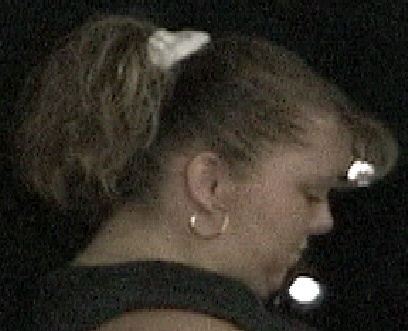 | Figure 1: Cervical Flexion
|
| 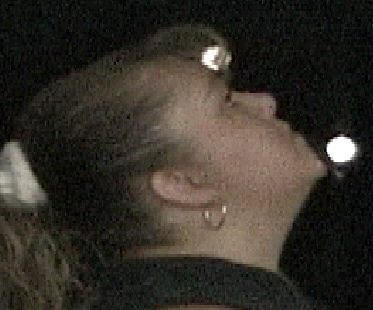 | Figure 2: Cervical Extension
|
|
Chart 1: Cervical F/E Displacement
| 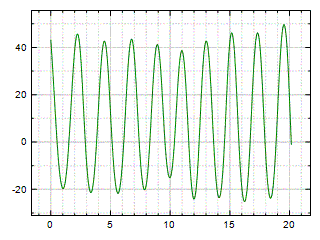 |
| Table 1: Cervical F/E Displacement
| | Results in degrees | Average | Examinee | %Deficit |
|---|
| Flexion | 45 | | N/A | | Extension | 45 | | N/A | | Coefficient of Variation | | | |
|
|
Chart 2: Cervical F/E Velocity
| 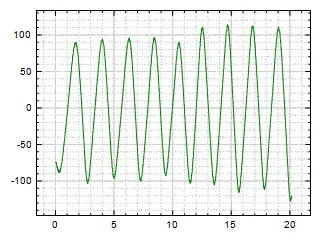 |
| Table 2: Cervical F/E Velocity
| | Results in deg/sec | Examinee |
|---|
| Flexion/Extension | N/A | | Coefficient of Variation | N/A |
|
|
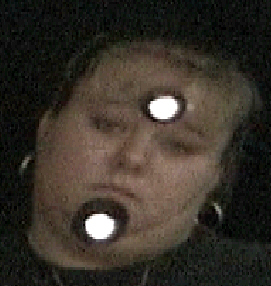 | Figure 3: Left Cervical Lateral Flexion
|
| 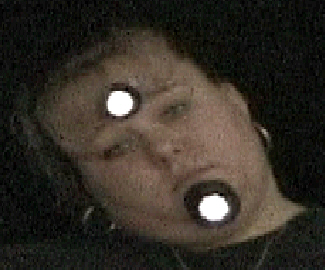 | Figure 4: Right Cervical Lateral Flexion
|
|
Chart 3: Cervical Lateral Flexion Displacement
| 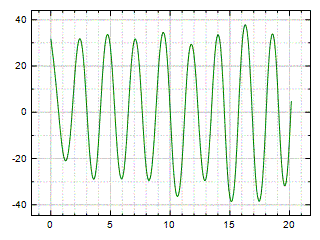 |
| Table 3: Cervical Lateral Flexion Displacement
| | Results in degrees | Average | Examinee | %Deficit |
|---|
| Right Cervical Lateral Flexion | 45 | | N/A | | Left Cervical Lateral Flexion | 45 | | N/A | | Coefficient of Variation | | | |
|
|
Chart 4: Cervical Lateral Flexion Velocity
| 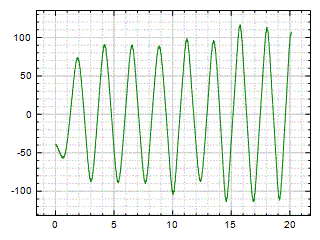 |
| Table 4: Cervical Lateral Flexion Velocity
| | Results in deg/sec | N/A |
|---|
| Rotation | N/A | | Coefficient of Variation | N/A |
|
|
 | Figure 5: Left Cervical Rotation
|
|  | Figure 6: Right Cervical Rotation
|
|
Chart 5: Cervical Rotation Displacement
| 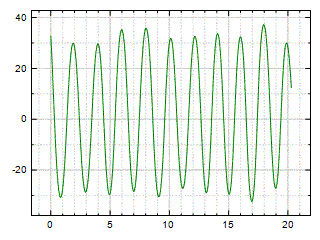 |
| Table 5: Cervical Rotation Dynamic Range of Motion
| | Results in degrees | Average | Examinee | %Deficit |
|---|
| Right Rotation | 60 | N/A | N/A | | Left Rotation | 60 | N/A | N/A | | Coefficient of Variation | | | N/A |
|
|
Chart 6: Cervical Rotation Velocity
|  |
| Table 6: Cervical Rotation Velocity
| | Results in deg/sec | N/A |
|---|
| Rotation | N/A | | Coefficient of Variation | N/A |
|
|
Summary Protocol 5: Kinematic Neck Summary
| Kinematic neck assessment indicated Examinee demonstrates residual cervical dysfunction | |
| Percent average residual dysfunction vs normals is currently | N/A |
| Coefficient of variation average | N/A |
| Examinee's effort during this FCE is considered maximum due to C.V. 10% | |
6. Shoulder Involvement Analysis
A computer kinematic assessment is performed for shoulder flexion/extension,
abduction/adduction, and internal/external rotation. The Examinee is asked to perform each maneuver 8-10 repetitions to
full range and as quickly as possible. The events are videotaped in a precisely calibrated field
for computer analysis. Each event is analyzed for total dynamic range of motion and peak velocity
quantity and quality. Consistency of results [coefficient of variation] is considered for determining
Examinee effort. After a thorough discussion of expectations, and agreement of understanding
by the Examinee, the Examinee is asked to perform the movement events.
More information...
Chart 7: Shoulder F/E Displacement
|  |
| Chart 8: Shoulder F/E Velocity
| 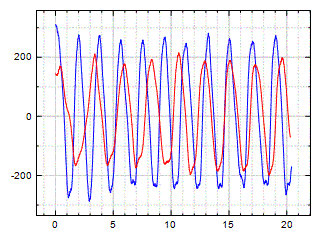 |
|
Chart 9: Shoulder Abduction Displacement
| 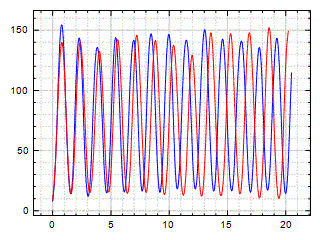 |
| Chart 10: Shoulder Abduction Velocity
| 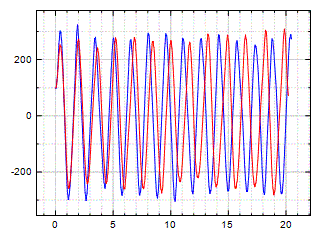 |
|
Chart 11: Shoulder Rotation Displacement
| 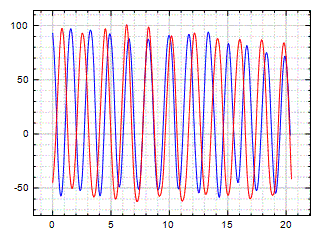 |
| Chart 12: Shoulder Rotation Velocity
| 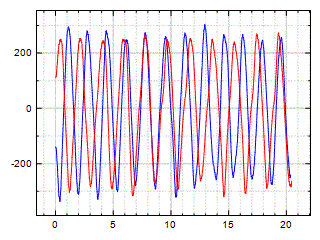 |
|